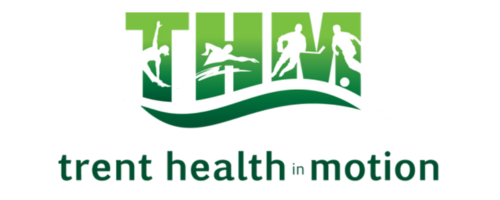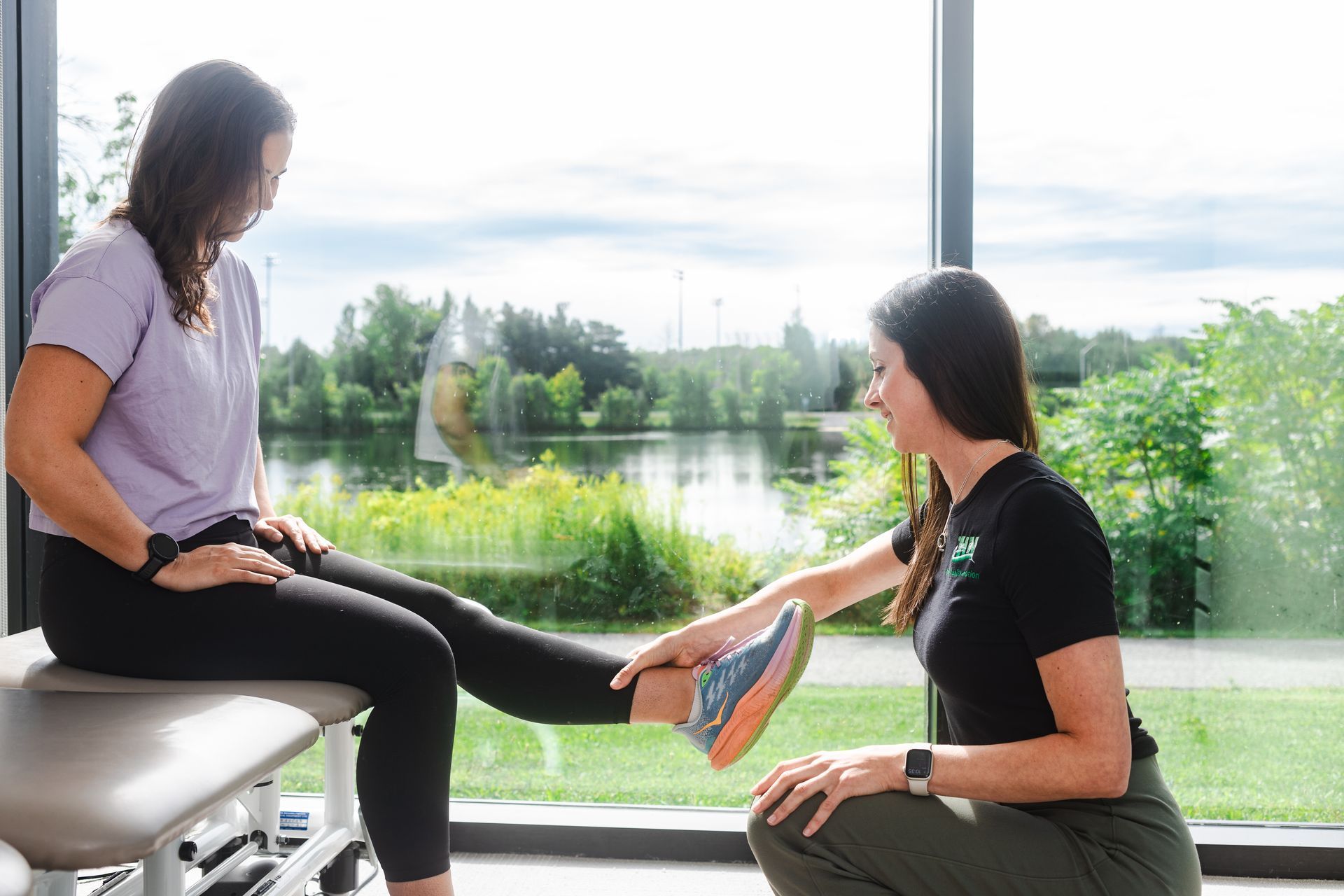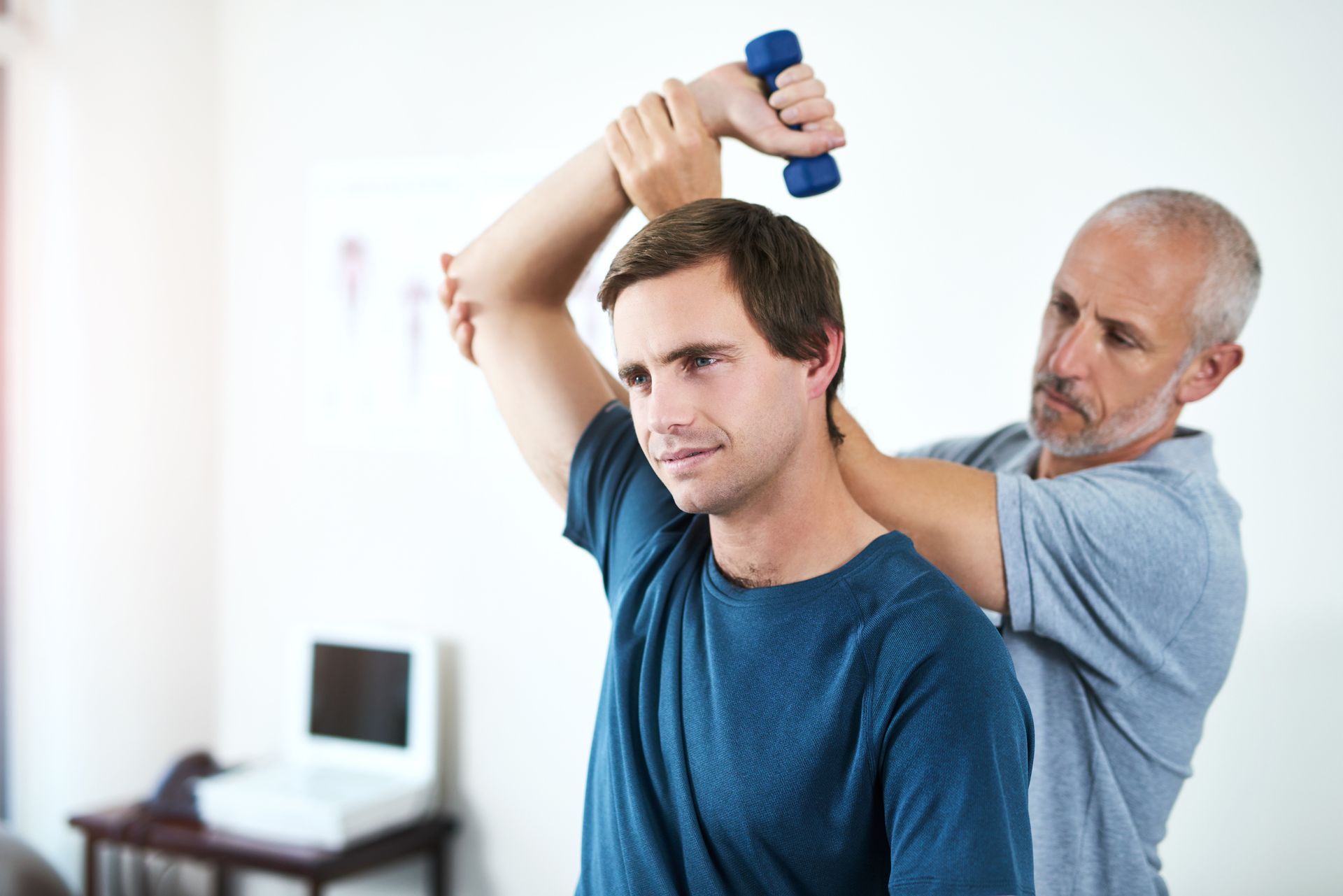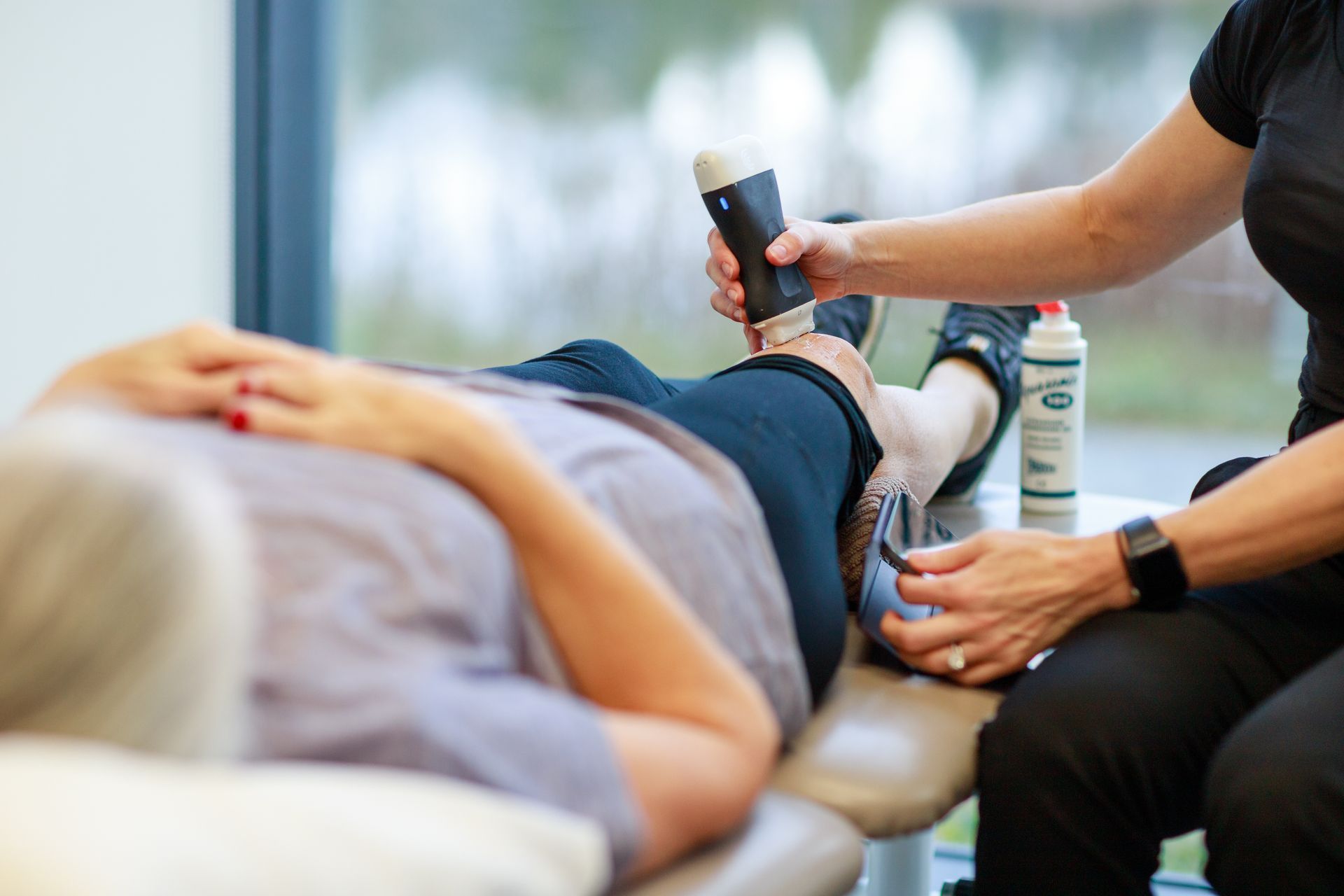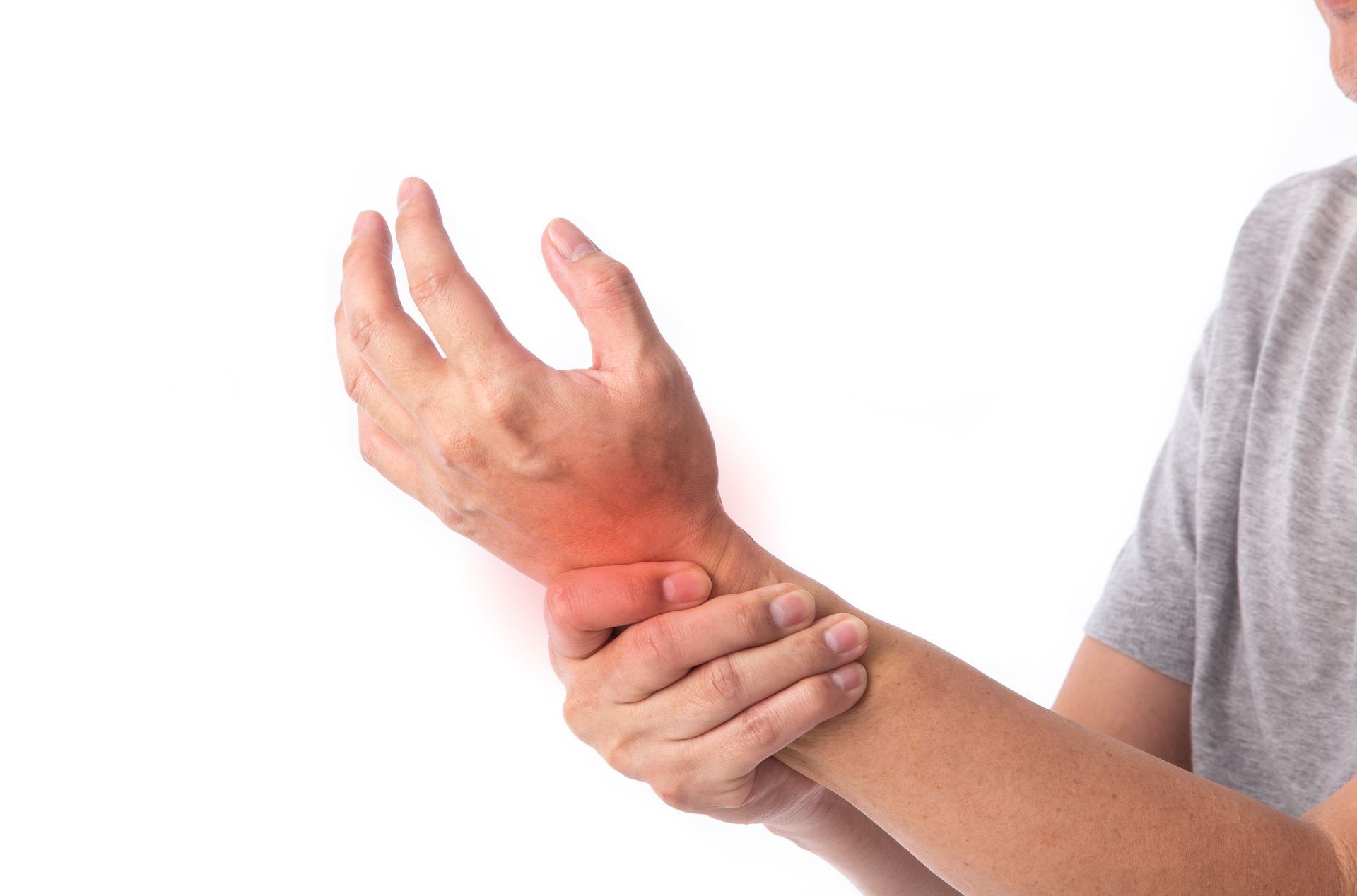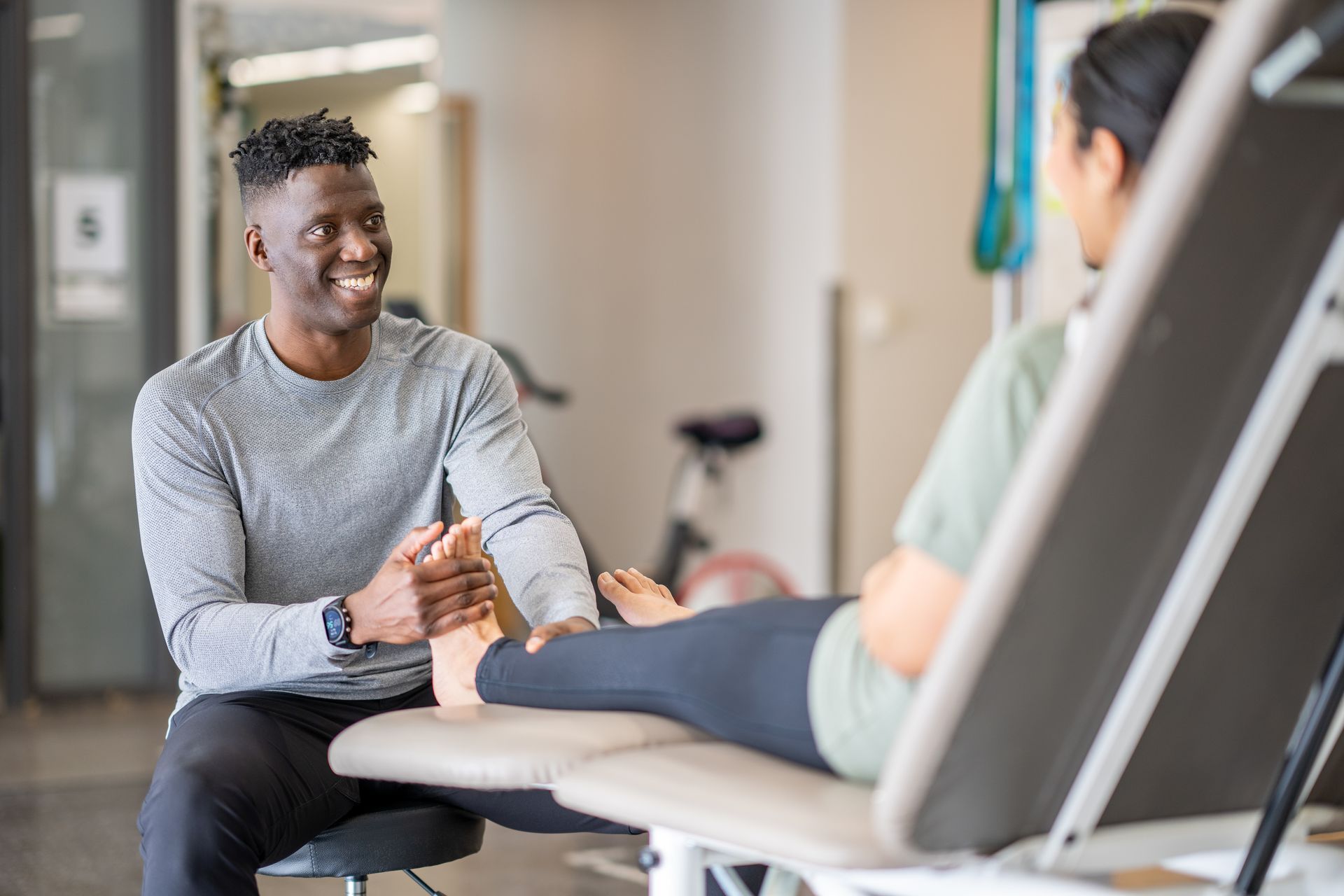Understanding Golfer’s Elbow: Prevention Tips for a Healthy Swing
Peterborough is home to a vibrant golfing community, with enthusiasts embracing a well-earned game at local courses like the Peterborough Golf & Country Club, Kawartha Golf & Country Club, and beyond. Whether you’re a beginner or a seasoned player, a healthy swing is crucial to both performance and injury prevention. One of the most common issues golfers face is medial epicondylitis—better known as golfer’s elbow. At Trent Health in Motion, we believe in empowering local residents to not only manage this condition but also prevent it, ensuring your time on the green remains pain-free.
What Is Golfer’s Elbow?
Golfer’s elbow is a painful condition that affects the inside of the elbow, where the tendons of your forearm muscles attach to the bony bump on the inner side of your elbow. Despite its name, golfer’s elbow can impact anyone who performs repetitive wrist, hand, or forearm activities—not just golfers. It’s often caused by overuse or improper swing techniques and can interfere with your golf game and daily tasks.
Recognizing the Symptoms of Golfer’s Elbow
Identifying golfer’s elbow early is essential for effective treatment. Watch for these common symptoms:
- Pain and tenderness on the inner side of the elbow, often radiating down the forearm
- Stiffness or difficulty making a fist
- Weakness in the hands and wrists
- Numbness or tingling, most often affecting the ring and little fingers
- Increased pain with gripping, lifting, or swinging motions
If you’re experiencing any of these symptoms, seeking professional advice at Trent Health in Motion can prevent the problem from worsening.
What Causes Golfer’s Elbow?
While every case is unique, several patterns tend to emerge, especially among Peterborough’s active population:
- Repetitive stress from sports like golf, tennis, or baseball
- Poor swing technique or improper equipment (such as clubs with the wrong grip size)
- Inadequate warm-up before play
- Sudden increase in practice intensity or frequency
- Occupations requiring repetitive hand and wrist movements, such as carpentry or landscaping
Swinging the club with improper form, overpracticing, or using the wrong equipment are common root causes in the local golf community. Addressing these factors is key to both recovery and prevention.
How to Prevent Golfer’s Elbow: Practical Tips for Peterborough Golfers
Prevention is always better than cure. At Trent Health in Motion, we recommend a combination of technique, equipment, and exercise modifications to minimize your risk:
Warm Up Thoroughly
- Always start your session with 5-10 minutes of light aerobic activity
- Perform dynamic stretches targeting your forearms, wrists, and shoulders
Perfect Your Technique
- Work with a golf professional to refine your swing mechanics
- Avoid overextending the wrist or gripping the club too tightly
Use Proper Equipment
- Make sure your clubs are the right size and have the correct grip for your hands
- Consider equipment advice from a local pro or club fitter
Strengthen and Stretch Regularly
- Include forearm, wrist, and grip strengthening exercises in your weekly routine
- Stretch your forearm flexors and extensors after play
Pace Yourself
- Avoid repetitive overuse by varying your activities and resting between rounds
- Build up intensity and frequency gradually, especially at season start
Listen to Your Body
- Don’t ignore mild discomfort—early rest and care prevent chronic problems
How Trent Health in Motion Can Help Treat and Prevent Golfer’s Elbow
As Peterborough’s leading multidisciplinary health centre, Trent Health in Motion provides tailored, evidence-based care for golfer’s elbow. Our services include:
Physiotherapy
- Comprehensive assessments of your elbow, wrist, and golf technique
- Manual therapy to reduce pain and restore mobility
- Custom exercise programs to strengthen and protect your muscles and tendons
Massage Therapy
- Targeted treatments for forearm and elbow tension
- Promotes circulation, reduces muscle adhesions, and speeds up healing
Chiropractic Care
- Joint and soft tissue work to improve arm and upper body mechanics
- Advice on posture and movement to support long-term elbow health
Personalized Rehab and Prevention Plans
- Education on proper warm-up, stretching, and swing mechanics
- Guidance on equipment modifications to reduce strain
Returning Safely to Play
At Trent Health in Motion, our team works with you and, if needed, your golf coach to develop a safe, graded return-to-play program. We collaborate to ensure you regain strength, flexibility, and confidence before you get back to full swings and competitions. Your recovery plan is always customized to your goals, fitness level, and playing style.
When to Seek Professional Help
It’s time to connect with our experts if you notice:
- Persistent or worsening elbow pain after golf or other repetitive activities
- Difficulty gripping or lifting objects
- Pain that interferes with daily tasks or sleep
Prompt treatment reduces recovery time and boosts your ability to play without setbacks.
Get Back to a Healthy Swing with Trent Health in Motion
Golfer’s elbow might keep you off the green—but it doesn’t have to be that way. Trent Health in Motion is committed to helping Peterborough golfers and active residents enjoy their sport pain-free. Book your assessment with us today and let our expert team help you keep your swing healthy, strong, and pain-free—so you can get back to shooting lower scores and spending time on the course you love.
